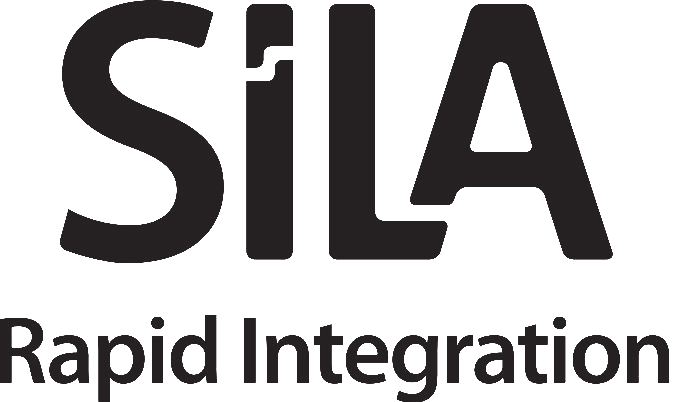The SiLA Consortium
The SiLA Consortium is non-profit. It gathers life science experts and mobilizes the industry while developing free & open system communication and data standards to connect scientists with the data that matters.
SiLA and its members provide a framework for the exchange, integration, sharing, and retrieval of electronic laboratory information. These standards define how information is transported from one system to another. Setting the language, structure and data types required for seamless integration, SiLA supports the management, delivery, and evaluation of laboratory services. SiLA is recognized as most commonly used in the world.
Working Groups
Where We Are
We are excited about the release of SiLA 2
SiLA 1.x, in partnership with the ASTM AnIML, has proven end-to-end lab integration is possible. SiLA has been implemented in countless devices and systems worldwide and AnIML has also been adopted as data standard by large and small organizations alike. Currently, SiLA is excited about the release of SiLA 2. By migrating to a state-of-the-art technology base, our community has ensured that SiLA will continue to enable labs of the future for decades.
Where We Are Going
We will continue to grow the SiLA 2 ecosystem
After successfully releasing SiLA 2, we now are witnessing more and more adoptions of the SiLA 2 Core and Features in the marketplace. The SiLA community continues to maintain the standard and to develop new Features. SiLA also actively continuous growing FAIR data by developing new AnIML data techniques for lab automation workflows.
How We Operate
Working Groups
SiLA’s Working Groups are comprised of dedicated volunteers from our global Member community who collaboratively develop and continually maintain SiLA’s standards.
SiLA-related Initiatives
SiLA-related Initiatives are collaborative projects driven by subsets of SiLA Members and non-Members and may be special implementations or applications of the SiLA standards. The SiLA Board of Directors helps facilitate these projects.
Active Working Groups

SiLA 2 Standard
Daniel Juchli
Wega Informatik
daniel.juchli@sila-standard.org

SiLA Robotics Working Group
Ádám Wolf
Takeda
adam.wolf@sila-standard.org

SiLA Automation Suite
Tim Meyer
Universitätsmedizin Göttingen
tim.meyer@sila-standard.org
SiLA’s working groups are comprised of dedicated volunteers from our global Member community who collaboratively develop and continually maintain SiLA’s standards.
Board of Directors
An elected subset of SiLA’s Corporate Members

Oliver Peter
Idorsia Pharmaceuticals Ltd
President / Head of SiLA Conference / Chair URC

Patrick Courtney
tec-connection
Director / Head of Events and Fundraising

Tim Meyer
Universitätsmedizin Göttingen
Director

Jason Meredith
Tecan Schweiz AG
Director / Head of Administration

Erwin Althof
Novartis Pharmaceuticals
Chief Financial Officer / Head of Member Care

Rob Harkness
Biosero Inc.
Director / Deputy SiLA Conference / Admin

Burkhard Schaefer
Splashlake
Director / Head of Partner Management

Adam Wolf
Takeda
Director

Mark Auty
Unilever
Director

Andreas Traube
Fraunhofer IPA
Director

Daniel Juchli
Wega Informatik AG
Director / Chief Technology Officer

Tom Kissling
F. Hoffmann-La Roche Ltd
Director / Head of New Member Acquisitions

James Love
Novo Nordisk
Director
Working On SiLA 2
SiLA 2 Core Specification
We develop and maintain the Core for lab system communication. The SiLA 2 specification specifies interoperability schemes that allow laboratory devices and services to communicate with each other. It also defines the process of further developing the standard and its assets.
SiLA 2 Features
We also develop and maintain individual SiLA 2 Features which allow systems in the lab (such as devices, instruments, LIMS, ELN or other IT systems) to interface with each other uni- or bi-directionally. Features for different areas or specific vendors are developed in parallel across many Working Groups .

